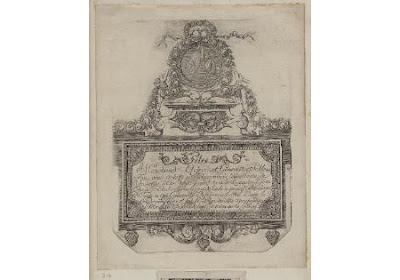This is a typical gothic flic inspired by a romantic script (which makes for the best gothic novels)
The origin of Renaissance architecture is generally accredited to Filippo Brunelleschi (1377–1446). He wished to bring greater "order" to architecture, resulting in strong symmetry and careful proportion. The movement grew from scientific observations of nature, particularly human anatomy.
During the mid-18th century rise of Romanticism, an increased interest and awareness of the Middle Ages and the Renaissance among influential connoisseurs created a more appreciative approach to selected medieval arts, beginning with church architecture, the tomb monuments of royal and noble personages, stained glass, and late Gothic illuminated manuscripts.
Other Gothic arts, such as tapestries and metalwork, continued to be disregarded as barbaric and crude; however, sentimental and nationalist associations with historical figures were as strong in this early revival as purely aesthetic concerns.
Gothic Revival
Basilica of St. Clotild, France (19th century)
Canadian Palament from the Ottowa River
The study @ Abbotsford was created for Sir Walter Scott (19th century)
Renaissance Revival
Like all architectural styles, the Neo-Renaissance did not appear overnight fully formed but evolved slowly. One of the first signs of its emergence was the Würzburg Women's Prison, erected in 1809 and designed by Peter Speeth. It included a heavily rusticated ground floor, alleviated by one semicircular arch, with a curious Egyptian style miniature portico above, high above this were a sequence of six tall arched windows and above these just beneath the slightly projecting roof were the small windows of the upper floor. (WIKI)
Vladimir Palace, St. Petersburg Russia (19th century)
Waddesdon Manor, Buckinghamshire, England (19th century)
It's confusing for the neophyte. Why?
Gothic influences on both period and revived Renaissance architecture are readily apparent, first as many buildings occurred during the period of transition from the Gothic to the Renaissance style and also as Renaissance−era design took the form of the addition of Renaissance ornamentation to Gothic−era buildings; thus, creating accretion of details from disparate sources.
Architects who designed in the Renaissance Revival style usually avoided any references to Gothic Revival architecture, drawing instead on various other classically based styles.

















































